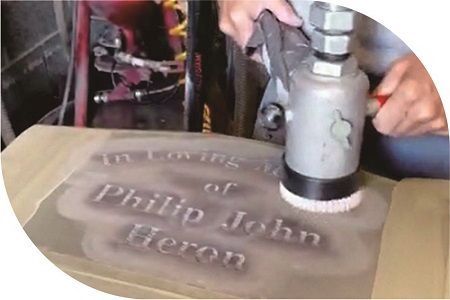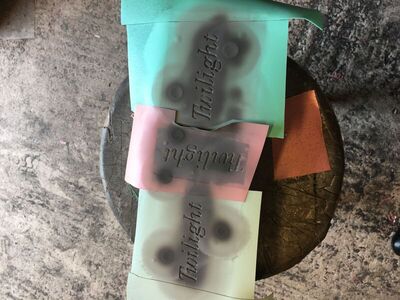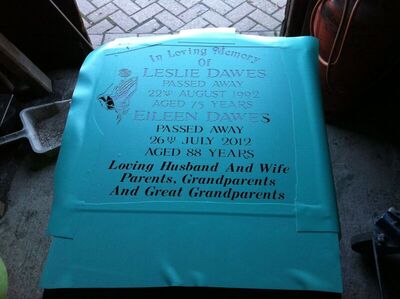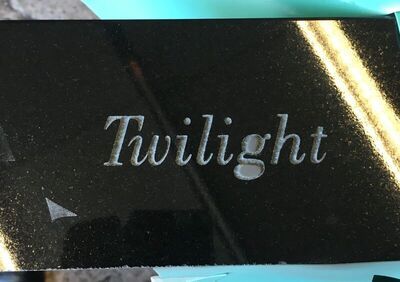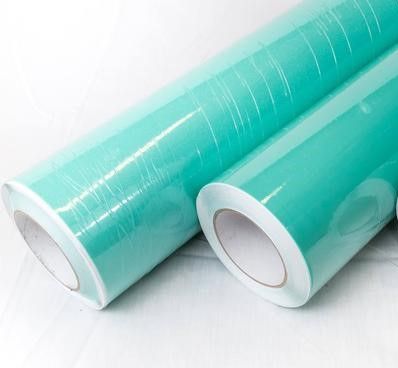How Does Sandblasting Work?
Sandblasting is a process used to remove surface layers of material from metal parts. It works by using compressed air to blast away the top layer of material. The force of the air blasts off particles of the material, which fall back onto the part. This process removes the outermost layer of material, leaving behind a smooth finish.
1. Chooses the Right Sandblast Stencils
Selecting the Right Stencil tapes for the various gauge of blasting. Depending on the different designs or object user should choose the different thicknesses of sandblasting stencil. Generally, the deeper engraving or stronger material, requires thicker sandblast stencils.2. Stencil Cutting
Celadon sandblast stencils is compatible with all friction-fed cutting/ plotter machine. Even Cricut Hand Craft Cutting Machine can do the job.Lettering the words or image on the stencil. Please make sure the blade makes the perfect kiss cut instead of die cut. Cutting through the face film so the next steps will become easier.3. Stencil Weeding
For the double liner stencil: Remove the section you want to engrave on the object.For the single liner stencil: Remove the section you want to engrave on the object.Then apply an application tape(transfer tape) on the top side to the stencil. So, the relative position of the letters and images will stay on the position you want them to.4. Applying the stencil on the object
For double liner stencil, lays the Stencil tapes over the stone.For single liner stencil, lays the Stencil tapes over the stone and remove the application tape(transfer tape)5. Sandblasting
The surface is blasted which etches away the exposed areas of granite.The rest is protected by the vinyl Stencil tape6.Finishing stencil sandblasting
Once the engraving is meet your expectations effect. Just remove the stencil and check if any residue is left on the object.Sandblasting is a process that involves blasting abrasive material, such as sand, at high speeds onto a surface in order to remove layers of material or to create designs and patterns. This process has been used for decades in a variety of industries, including automotive, construction, and manufacturing.
The basic principle behind sandblasting is that the abrasive material, typically sand or a similar substance, is shot out of a sandblasting gun or nozzle at high speeds. The force of the abrasive material removes material from the surface being sandblasted, creating a smooth and even surface. Sandblasting can also be used to etch designs into a surface, by using a stencil to control the flow of the abrasive material and create the desired pattern.
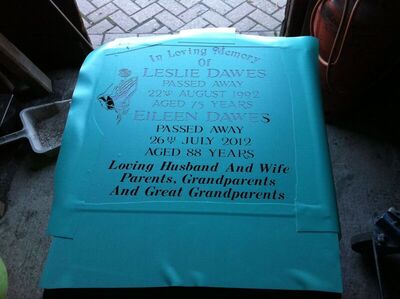
One of the key benefits of sandblasting is its versatility. This process can be used on a wide range of materials, including metal, wood, glass, stone, and plastic. Additionally, sandblasting can be used to remove rust, paint, and other unwanted materials, or to etch designs into the surface.
Another benefit of sandblasting is its efficiency. Sandblasting can remove material quickly and effectively, making it an ideal choice for large-scale projects. Additionally, the process is often faster and more effective than other methods, such as hand sanding or chemical treatments, making it a popular choice for industrial and commercial applications.
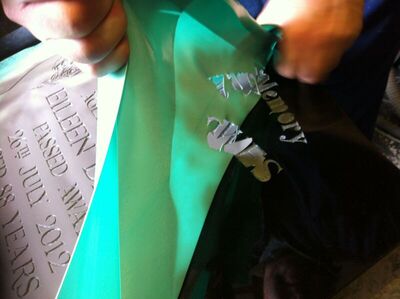
In terms of safety, sandblasting can be a safe and effective method if proper precautions are taken. Dust masks and protective clothing should be worn to protect against inhalation of the abrasive material, and the process should be performed in a well-ventilated area to reduce the risk of inhaling the dust generated by the sandblasting process.
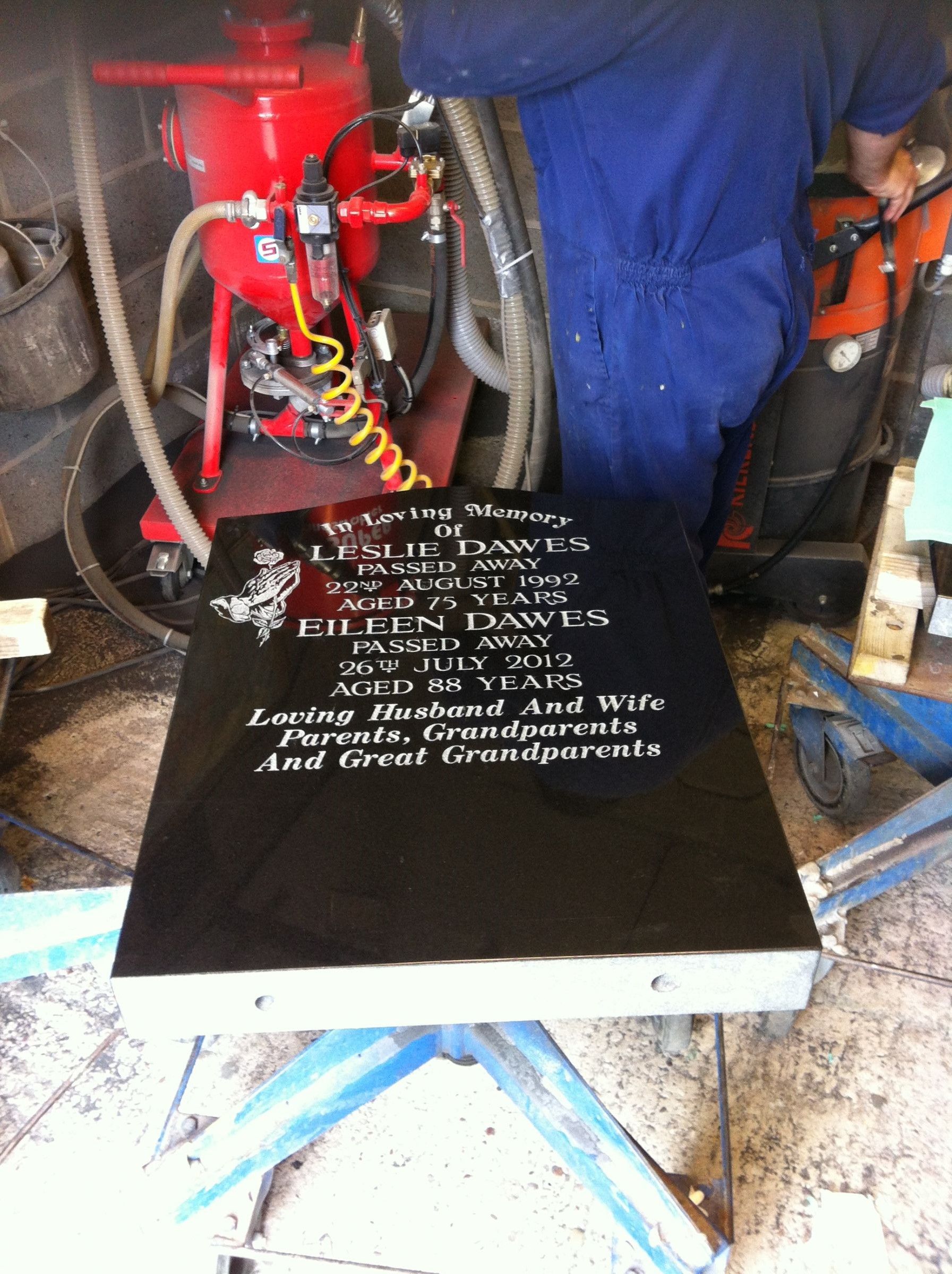
In conclusion, sandblasting is a versatile and efficient process that is widely used in a variety of industries. Its ability to remove material quickly and effectively, as well as its versatility, make it an excellent choice for a range of projects. When performed properly, sandblasting can be a safe and effective way to achieve the desired results, whether it's removing unwanted materials or creating intricate designs and patterns.
- Related Products
Press Release
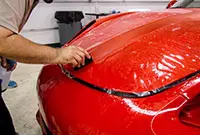 New PPF Developing
New PPF DevelopingCutting Age PPF is Under Development, TPU PPF's performance with reasonable price.
Read More

